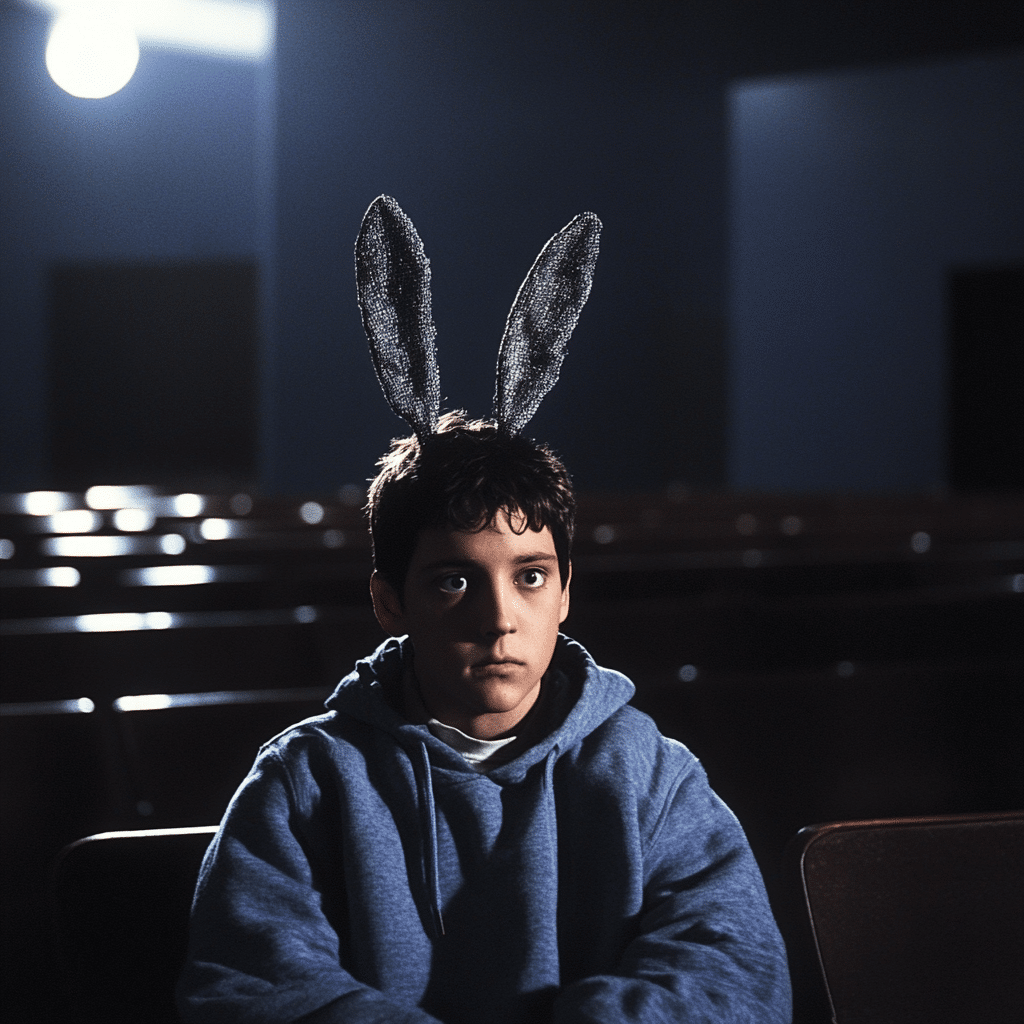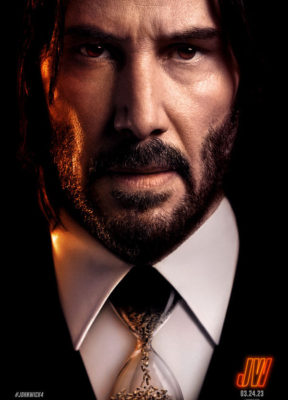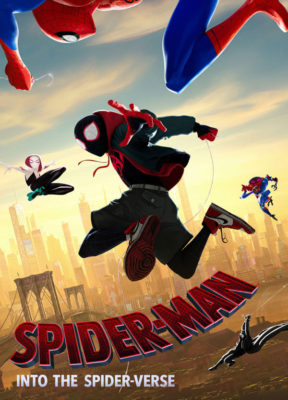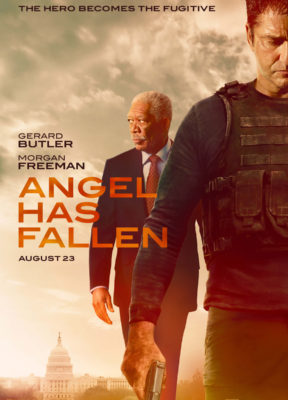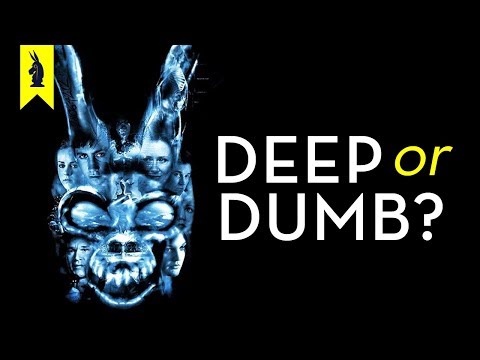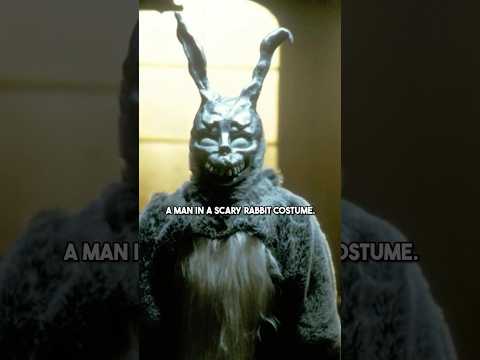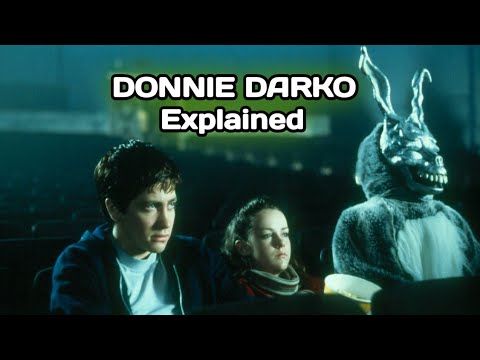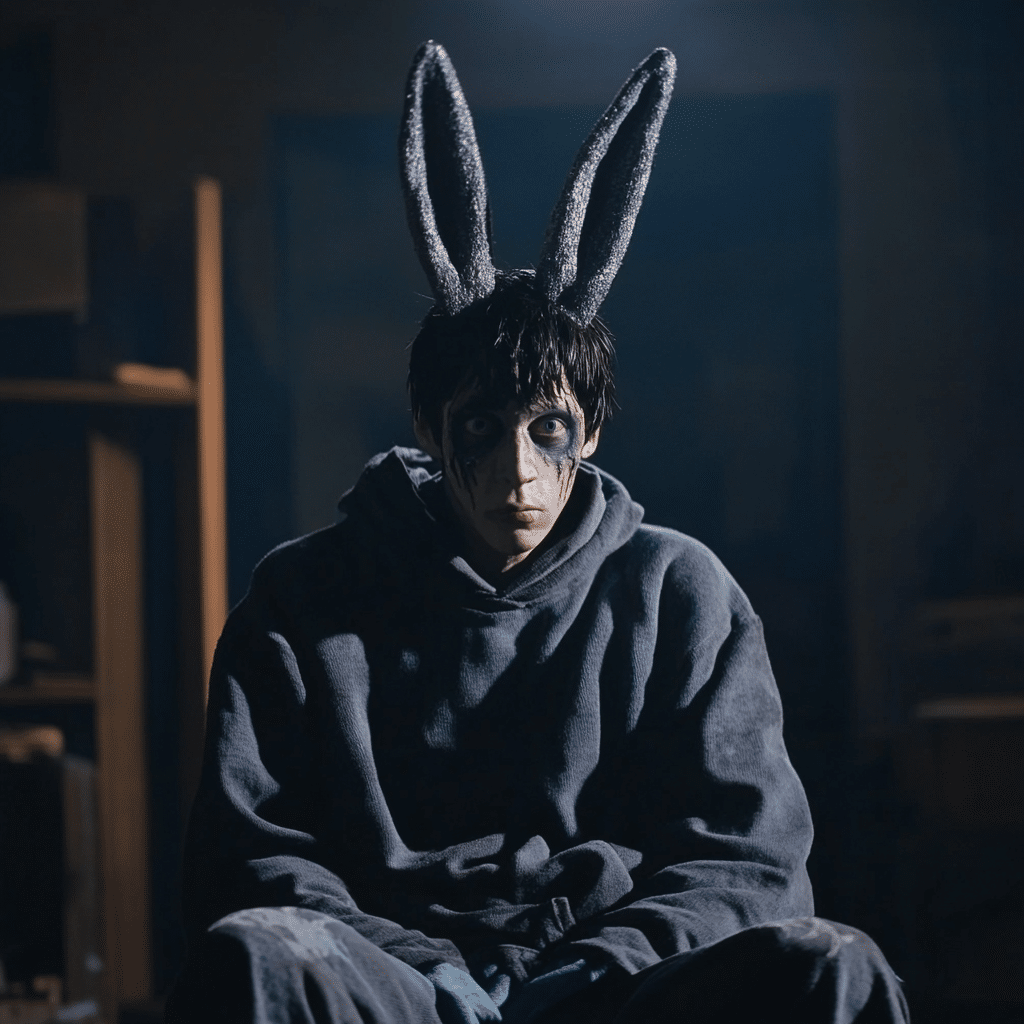
Donnie Darko Explained The Mind Bending Mystery Behind It
The film “Donnie Darko,” directed by Richard Kelly, has remained a captivating puzzle since its release in 2001. With its intricate narrative and surreal imagery, Donnie Darko explained continues to defy straightforward interpretation, prompting discussions that still captivate audiences into 2024. This article delves into the complexities, themes, and cultural references that define “Donnie Darko,” unraveling the enigmatic layers of the film.
7 Key Themes and References in Donnie Darko Explained
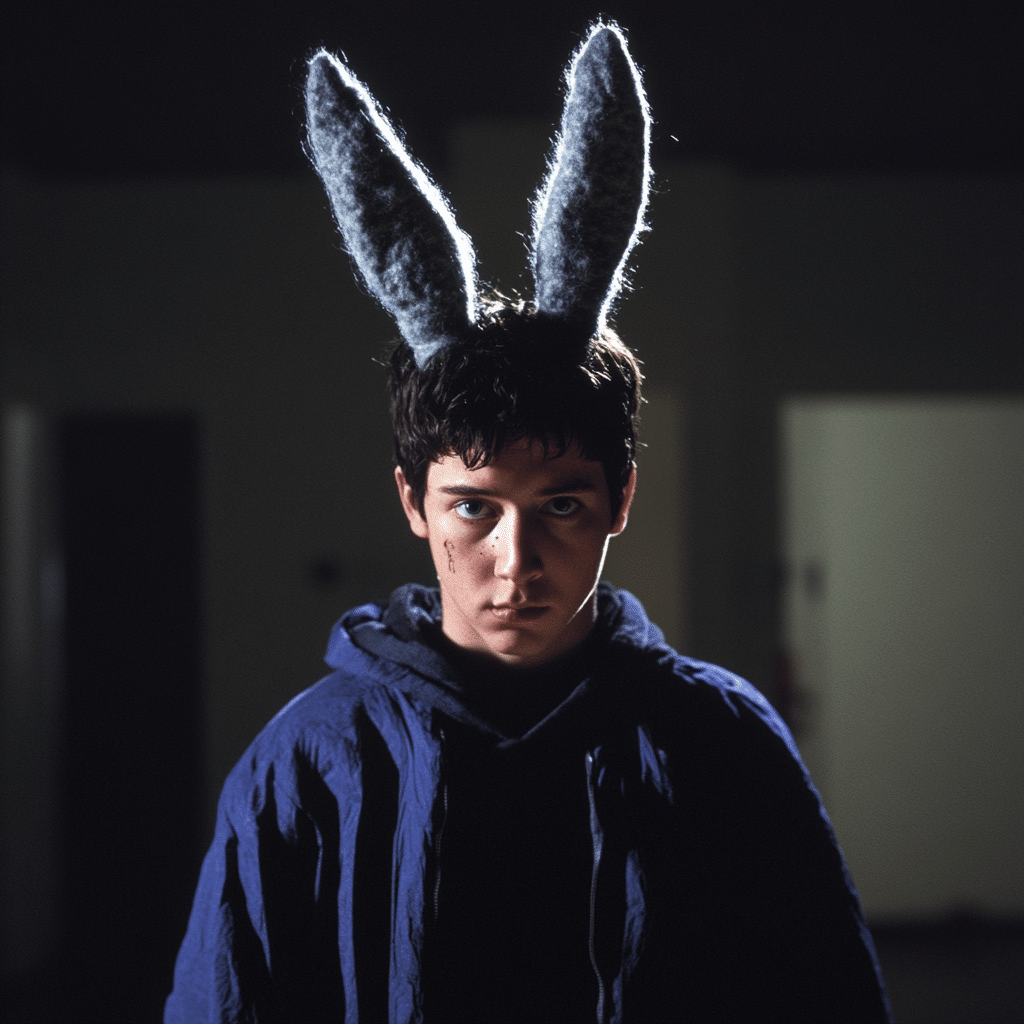
1. Time Travel and Alternate Realities
One of the most prominent themes in “Donnie Darko” is the idea of time travel. The film introduces the notion of a tangent universe—essentially a parallel world that intersects with our own. This idea has sparked extensive discussions, as scholars and fans explore how it affects free will versus determinism. Works like H.G. Wells’ “The Time Machine” and Christopher Nolan’s “Interstellar” also delve into the implications of time manipulation, providing profound contexts for understanding Donnie’s struggles.
Donnie grapples with his existence in what seems like an alternate reality, raising questions about whether he can change his fate. The film balances these existential dilemmas beautifully, resonating with anyone who’s ever felt out of step with the world around them. Sure, it can get a bit mind-bending, but once you immerse yourself in the Donnie Darko explained framework, it all begins to click.
2. The Role of the Manipulated Dead
Frank, the eerie figure in a rabbit suit, embodies the concept of the manipulated dead. He serves as both a guide and a harbinger of doom, pushing Donnie toward pivotal choices throughout his journey. This character resonates on multiple levels, incorporating elements of fate and sacrifice. The film’s philosophy finds alignment with Simon Bolívar’s life, emphasizing how individual choices can ripple out to create monumental change.
When you pause to analyze Frank’s influence, it stirs reflections on life’s bigger questions. Each character’s actions seem perpetually intertwined, and Frank’s tragic fate serves as a haunting reminder that every choice we make carries weight. This deeper examination reveals layers of meaning that go beyond entertainment, making “Donnie Darko” a thought-provoking experience.
3. Teenage Alienation and Mental Health
“Donnie Darko” dives headfirst into the struggles of adolescence, showcasing mental health and alienation in a way that feels painfully relatable. Donnie embodies the confusion and rage we often feel in our teenage years. The film portrays mental illness with a sensitivity that’s often absent in mainstream cinema. Today’s discussions on mental health awareness echo the silent battles Donnie faces.
Through Donnie’s eyes, we encounter a world that often misunderstands us. This sentiment resonates not just with teens but with adults too, reminding us all of our complex inner struggles. Creators like Cosmo Jarvis, whose music often explores such themes, mirror Donnie’s world, filling it with raw emotion and relatable experiences.
4. Symbolism of the Rabbit
Rabbit imagery is both ominous and meaningful throughout “Donnie Darko.” It represents fears and foreshadows impending doom. Frank’s rabbit suit is a paradox, simultaneously absurd and deeply unsettling, which contributes to the film’s surreal atmosphere. It evokes elements from folklore while also tapping into pop culture, drawing fascinating comparisons to comedic figures like Cosmo Kramer from “Seinfeld.”
Kramer often finds himself in peculiar situations that offer both laughs and life lessons, similar to the absurdity of Donnie’s journey. The rabbit serves as a manifestation of Donnie’s internal struggles, challenging the viewer to confront their own fears. It’s this dual nature that complicates the film’s surface, inviting various interpretations from audiences eager to unlock its secrets.
5. Acceptance of Destiny
Central to Donnie’s journey is grappling with destiny. This theme oscillates between choice and predestination, prompting viewers to ponder their role in shaping their futures. The film’s narrative invites analyses that extend into the realms of quantum physics and philosophical inquiry, asking whether we truly control our destinies or if they are preordained.
Critics often compare this existential questioning to other landmark films, creating an intertextual dialogue that enriches the viewing experience. As Donnie learns to accept the roles of fate and free will, audiences are left reflecting on their paths. It’s a thread that runs through personal experiences and shared narratives, urging each of us to examine how our choices shape who we become.
6. The Influence of 1980s Culture
Set against the backdrop of the late 1980s, “Donnie Darko” is rich with cultural references that enhance the viewing experience. From the haunting cover of “Mad World” by Gary Jules to the subtle nods to societal issues of that era—like consumerism and the rise of youth subcultures—every detail immerses viewers in a nostalgic yet critical look at the past.
The film uses these cultural markers effectively, framing Donnie’s struggles within broader societal issues. This setting not only adds layers to its narrative but also connects viewers to their own memories of growing up in that era. It’s a fascinating conduit that makes “Donnie Darko explained” resonate widely, transcending time and generations.
7. Apocalyptic Undertones
The looming sense of apocalypse weaves through the film, amplifying the stakes for Donnie as he navigates his life. This theme explores existential dread and human reactions to chaos, inviting comparisons to contemporary apocalyptic narratives like “Children of Men” and “The Road.” The dread of an uncertain future propels the characters toward an inevitable confrontation with their realities.
This weightiness of impending doom serves to deepen the narrative, pushing Donnie and the audience to confront fears about existence and what lies beyond. As he grapples with his own apocalypse, we’re forced to ask ourselves how we react when faced with overwhelming uncertainty. It is this blend of personal and universal experiences that elevates the film from a straightforward story to an influential piece of cinema.
Understanding the Endless Interpretations of Donnie Darko
The multi-layered narrative of “Donnie Darko” invites scrutiny through various lenses—psychological, philosophical, and even theological. Each viewing reveals new nuances, deepening one’s understanding of the intricate dance of character motivations and narrative structure. Take a moment to engage with the film again, and you’ll likely find something you had missed before.
As viewers peel back the layers, they often discover fresh perspectives that spark lively discussions. This ongoing dialogue speaks volumes about the film’s impact, reflecting how art transcends its medium to provoke thought. “Donnie Darko explained” evolves with each analysis, continuing to captivate audiences and inspire critical engagement.
The genius of “Donnie Darko” lies in its ability to resonate with diverse audiences, allowing for an array of interpretations that can change over time. Its richness invites viewers not just to watch but to explore their thoughts and feelings, fostering a collective journey in understanding.
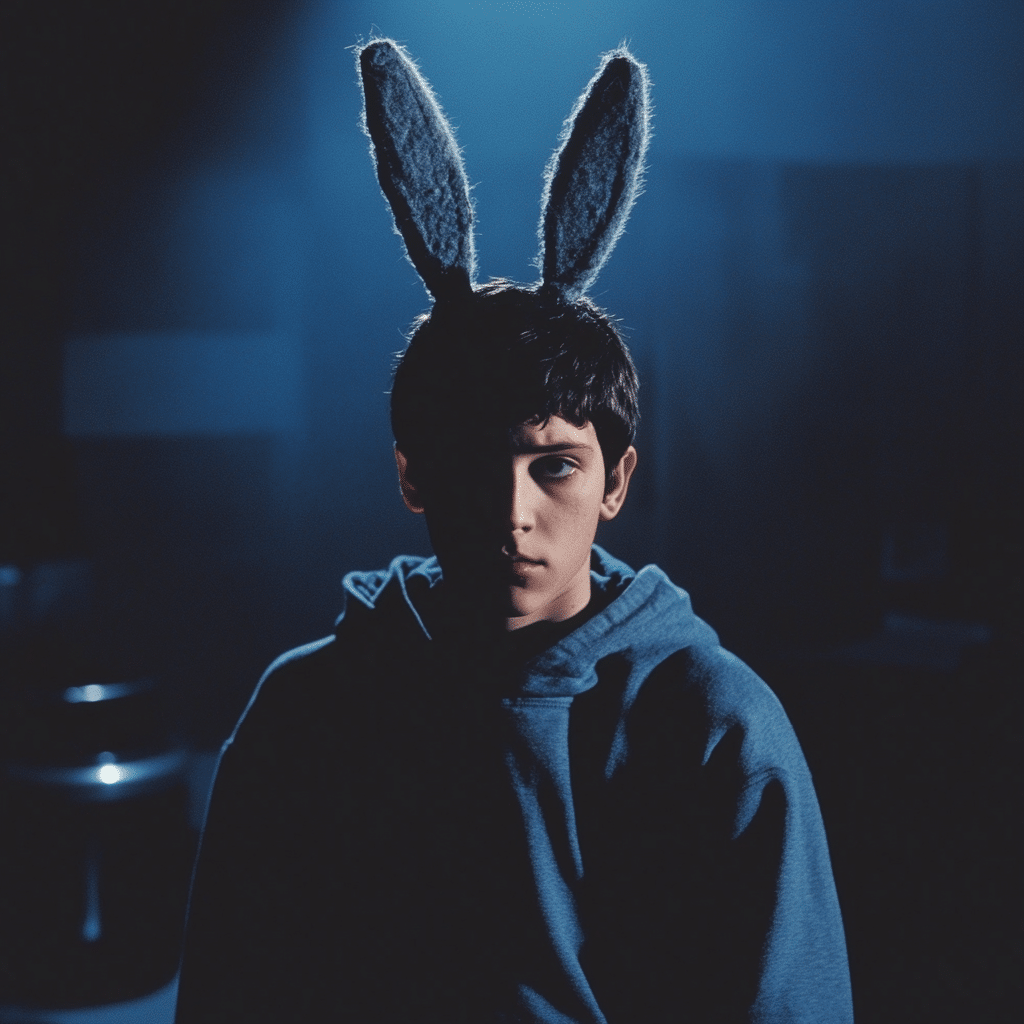
Embracing the Eternal Mystery
As we revisit “Donnie Darko” in 2024, its enigmatic qualities and layered narrative still inspire analysis and spirited debate. Far more than just a sci-fi cult classic, the film has cemented its status as a cultural touchstone, compelling viewers to confront their fears, desires, and questions about existence. Each frame unfolds, inviting individuals to reconsider their own paths.
Through its combination of surrealism and poignant commentary, “Donnie Darko” continually challenges and captivates audiences. It reminds us that not all mysteries should be solved; some are better left to spark curiosity and inspire introspection. In engaging with its depths, Donnie Darko serves as a mirror reflecting our own inner dialogues, ensuring its place in the annals of film history and continuing to ignite discussions within the cinephile community.
Donnie Darko Explained: Fun Trivia and Interesting Facts
The Cult Classic’s Mysterious Origins
When we dive into Donnie Darko, one can’t help but notice how its eerie atmosphere is like a curb stomp of narrative complexity. Initially released in 2001, the film was met with mixed reviews but quickly garnered cult status. The movie’s unique blend of science fiction, teen angst, and haunting imagery leads to endless theories. For instance, did you know that originally, Richard Kelly envisioned Donnie as a more traditional hero? Thankfully, the film evolved into something that resonates with those seeking deeper meaning and explores the dark corners of the psyche.
Unraveling the Themes
One captivating aspect of Donnie Darko is its intricate storytelling, akin to navigating a cul de sac filled with unexpected twists. The film examines themes of mental health, time travel, and existential dread while also delivering sharp social commentary. Fun fact: the psychology behind the film reflects the inner struggles of adolescence. Viewers often compare it to other cult favorites, but the shocking visuals, like the giant, menacing bunny, really tiptoe between nightmare and reality. Speaking of visuals, the haunting blue eyes of lead actor Jake Gyllenhaal perfectly capture the lingering fear and curiosity that fuel Donnie’s journey.
Pop Culture and Legacy
Over the years, Donnie Darko has seeped into pop culture, influencing everything from music videos to TV shows. For example, remember that iconic scene at the end with Mad World? It’s been used and reused, much like how mario balotelli celebrates life in both triumph and despair. The film has also sparked discussions about fate and free will, reflecting sentiments shared across various media, not unlike the contrast seen in the tales of the crypt series. As fans continue to dissect this cinematic enigma, it’s clear that Donnie Darko remains a profound exploration of the human experience, keeping viewers engaged with its unsettling yet captivating narrative.
